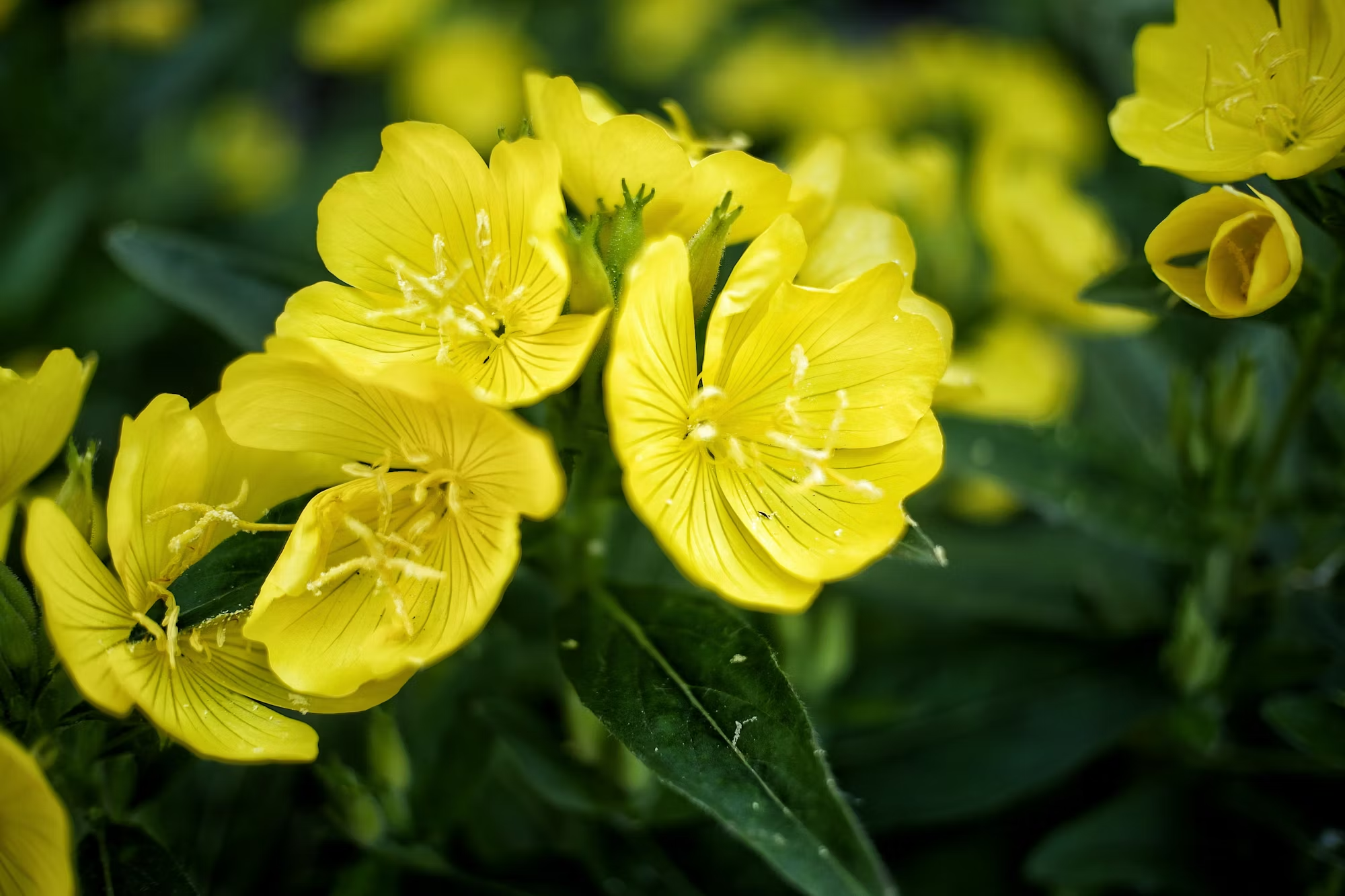Native flowers play a crucial role in the ecology of our environments, offering vibrant colors, unique shapes, and essential habitats for local wildlife. By understanding and cultivating these plants, gardeners can create beautiful landscapes while supporting biodiversity. This article delves into the enchantment of native flowers, exploring their benefits, popular varieties, and tips for successful cultivation.
The Importance of Native Flowers
Native flowers are species that have naturally evolved in a particular region, adapting to the local climate, soil, and wildlife. They are vital for several reasons:
1. Biodiversity: Native plants support local ecosystems by providing food and shelter for pollinators such as bees, butterflies, and birds. This biodiversity is essential for maintaining healthy environments.
2. Low Maintenance: Native flowers are adapted to local conditions, making them more resilient and easier to care for. They require less water, fertilizer, and pesticides compared to non-native species.
3. Soil Health: The deep root systems of many native plants improve soil structure and help prevent erosion. They can also contribute to better water retention in the soil.
4. Cultural Significance: Many native plants hold cultural importance for local communities, often featuring in traditional medicine, crafts, and ceremonies.
Popular Native Flowers
Here are some popular native flowers that can enhance your garden while supporting local ecosystems:
– Echinacea (Coneflower): Known for its striking purple petals and central cone, coneflower is a hardy perennial that attracts pollinators and thrives in various soil types.
– Rudbeckia (Black-Eyed Susan): With its bright yellow petals and dark center, this cheerful flower blooms from summer to fall and is a favorite among butterflies.
– Asclepias (Milkweed): Essential for monarch butterflies, milkweed produces clusters of pink or orange flowers. It is a must-have for any pollinator garden.
– Lobelia: This native annual adds vibrant blue and purple hues to gardens and is a great choice for attracting hummingbirds.
– Penstemon (Beardtongue): With tubular flowers that come in various colors, penstemon is perfect for attracting bees and hummingbirds, making it a lively addition to any garden.
– Aster: Blooming in late summer to fall, asters provide essential nectar for pollinators as they prepare for winter. They come in various colors, adding beauty to autumn gardens.
Incorporating Native Flowers into Your Garden
To create a thriving garden with native flowers, consider the following steps:
1. Assess Your Space: Evaluate your garden space, including sunlight, soil type, and drainage. Different native flowers have varying requirements, so choosing the right plants for your environment is essential.
2. Choose Native Varieties: Select flowers native to your region. Local garden centers or native plant societies can help identify suitable varieties.
3. Design for Diversity: Incorporate a mix of heights, colors, and bloom times to create a visually appealing garden that supports a variety of pollinators throughout the growing season.
4. Group Plantings: Planting in clusters of the same species can enhance their visual impact and make it easier for pollinators to locate food sources.
5. Use Native Grasses and Foliage: Consider adding native grasses and foliage to your garden. They provide texture, structure, and additional habitat for wildlife.
6. Create Wildlife-Friendly Spaces: Incorporate features such as birdhouses, water sources, and stone piles to create a welcoming environment for local wildlife.
Maintenance Tips for Native Flower Gardens
While native flowers require less maintenance than non-native species, they still benefit from care:
1. Watering: Although many native plants are drought-resistant, newly planted flowers will need regular watering until they establish their root systems.
2. Weeding: Regularly remove invasive species that may compete with your native plants for resources. Mulching can help suppress weeds and retain soil moisture.
3. Pruning: Deadheading spent blooms encourages further flowering and keeps the garden looking tidy. Some native perennials benefit from cutting back in late fall or early spring.
4. Fertilization: Generally, native plants do not require heavy fertilization. However, if soil tests indicate deficiencies, apply organic fertilizers sparingly.
5. Pest Management: Native plants are often more resilient to pests, but keep an eye out for any issues. Use organic pest control methods when necessary to maintain the health of your garden.
Celebrating Native Flowers
As you cultivate native flowers in your garden, consider celebrating their beauty through various activities:
1. Photography: Capture the vibrant colors and unique shapes of your flowers throughout the seasons. Share your photos with friends or on social media to inspire others to appreciate native flora.
2. Education: Educate your community about the importance of native plants through workshops, presentations, or local events. Engaging others in conservation efforts can have a significant impact.
3. Pollinator Gardens: Create designated pollinator gardens in your community to attract butterflies, bees, and birds. Collaborate with neighbors or local organizations to enhance biodiversity in your area.
4. Seed Saving: Collect seeds from your native flowers to share with others or to plant in other areas of your garden. This practice helps maintain genetic diversity and promotes local ecosystems.
Conclusion
Embracing native flowers in your garden not only enhances its beauty but also supports local ecosystems and promotes biodiversity. By understanding the significance of native plants and incorporating them into your landscaping, you can create a thriving sanctuary that benefits both wildlife and your community. Celebrate the enchanting diversity of local flora, and enjoy the vibrant colors and rich textures that native flowers bring to your outdoor spaces.
